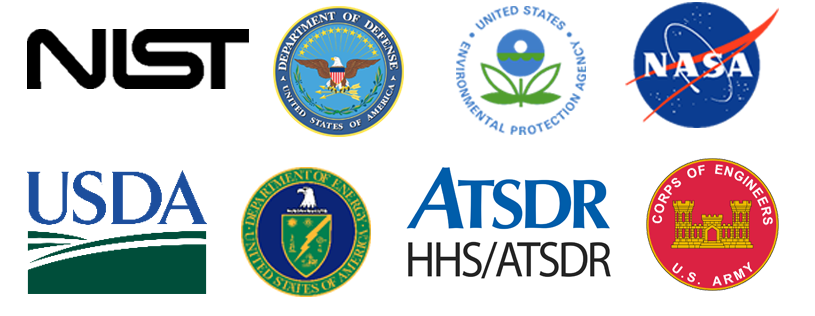Overview
Water is essential to all life, and its significance bridges many critical areas for society: food, energy, security, and the environment. Projected population growth in the coming decades and associated increases in demands for water exacerbate the mounting pressure to address water sustainability. Yet, only 2.5% of the world’s water is freshwater, and some of the most severe impacts of climate change are on our country’s water resources. For example, in 2012, droughts affected about two-thirds of the continental United States, impacting water supplies, tourism, transportation, energy, and fisheries – costing the agricultural sector alone $30 billion. In addition, the ground water in many of the Nation’s aquifers is being depleted at unsustainable rates, which necessitates drilling ever deeper to tap groundwater resources. Finally, water infrastructure is a critically important but sometimes overlooked aspect of water treatment and distribution. Both technological and sociopolitical solutions are required to address these problems.
The small size and unique properties of engineered nanomaterials (ENMs) are particularly promising for addressing the pressing technical challenges related to water quality and quantity. For example, the increased surface area and reactivity of ENMs can be exploited to create precious-metal-free catalysts for water purification, and the enhanced strength-to-weight properties of nanocomposites can be used to make stronger, lighter, and more durable piping systems and components.
The goal of the water nanotechnologies community of interest is to support water sustainability through nanotechnology – providing nanoscale solutions for a global-scale challenge. The aim is to take advantage of the unique properties of engineered nanomaterials to generate significant breakthroughs in addressing our Nation’s water challenges. The three specific thrusts of the water nanotechnologies community of interest are as follows:
- Increase water availability using nanotechnology.
- Improve the efficiency of water delivery and use with nanotechnology.
- Enable next-generation water monitoring systems with nanotechnology.
Participating Agencies:



